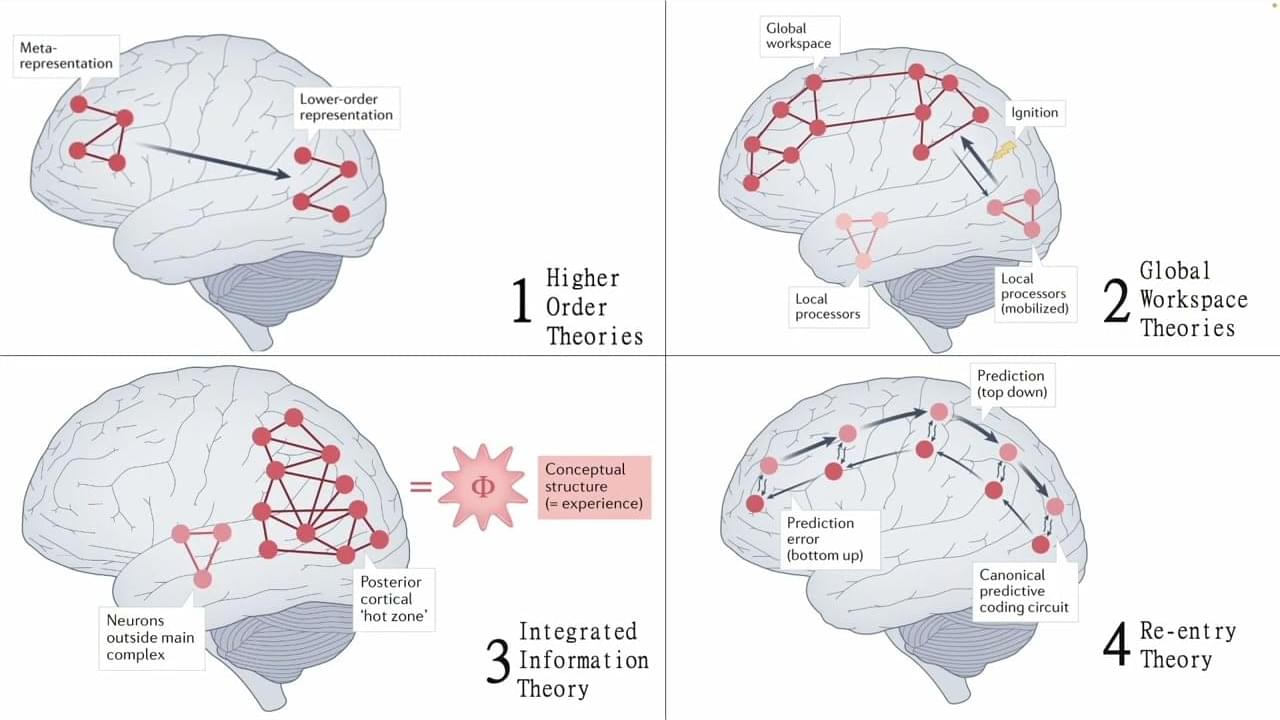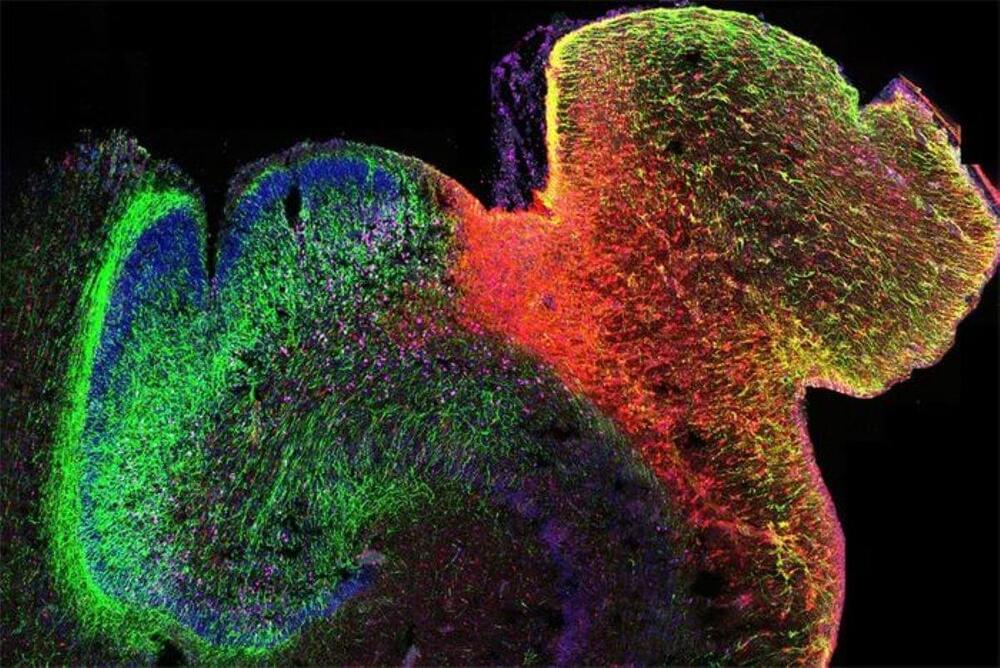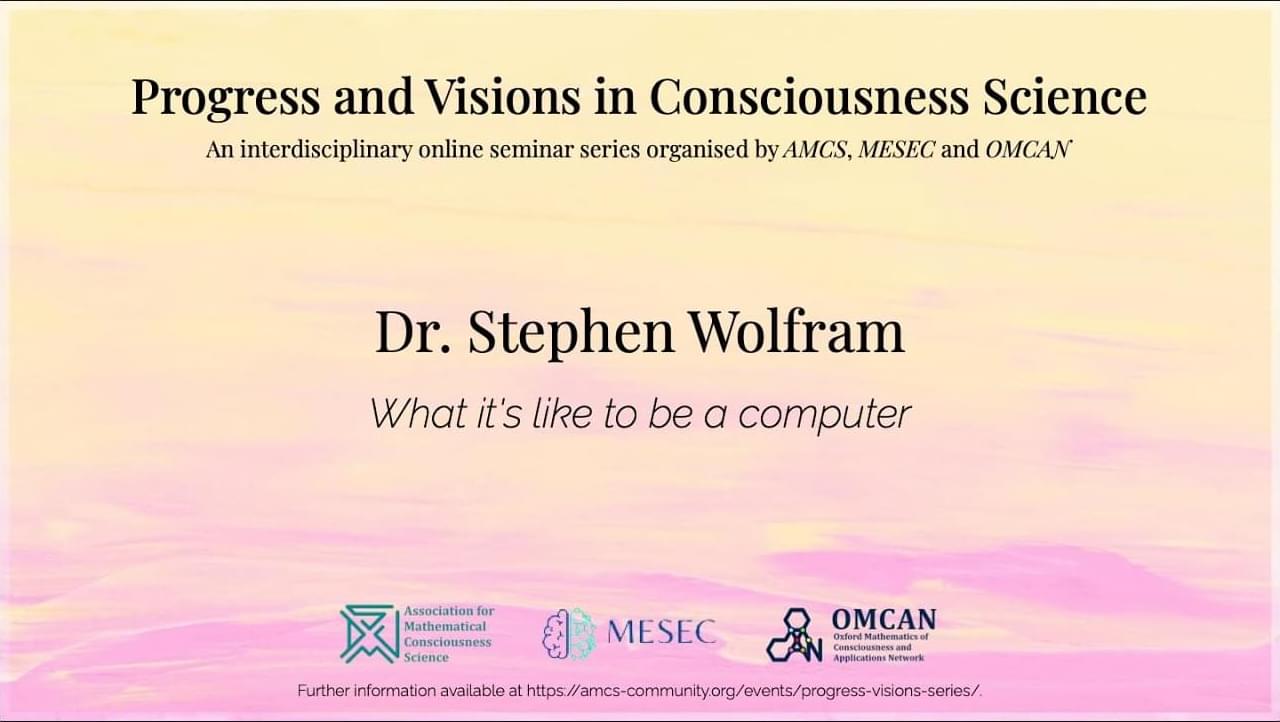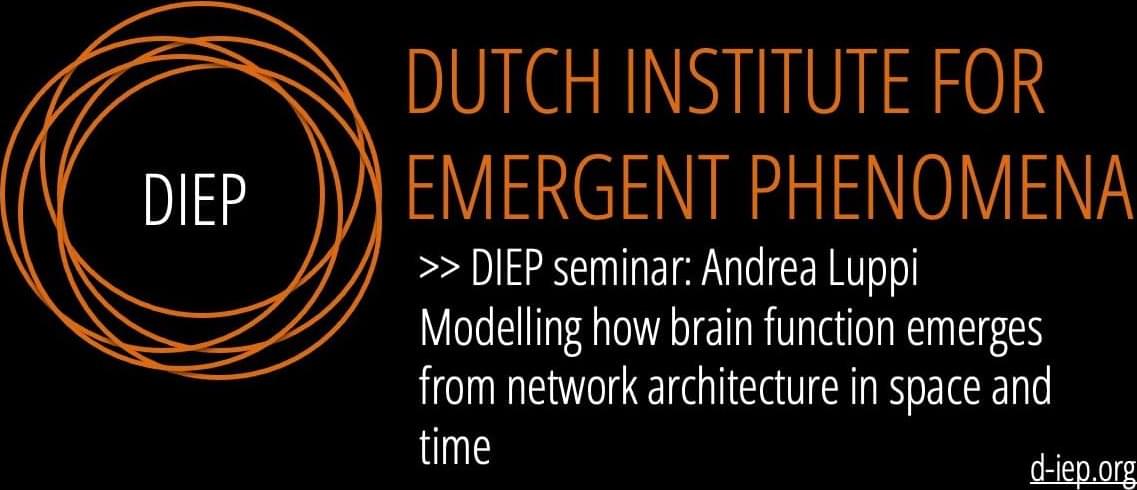The Top 4 Most viewed videos in the FENS Video Contest will be announced on June 10. View and Share to Vote for your favourite!
Description of the video:
This video is about how memories are stored in the brain. We are exploring how with an experiment, called long-term potentiation (LTP), we can modulate the strength of the connection between neurons. Combining filming in the laboratory with the use of bioinformatic tools and animation, we try to illustrate the cellular and molecular basis of this phenomenon.


















